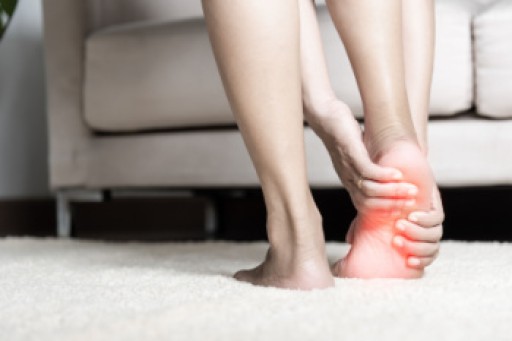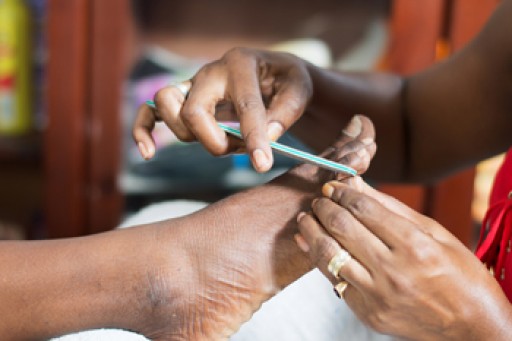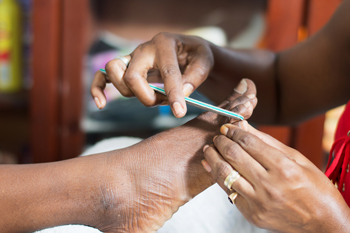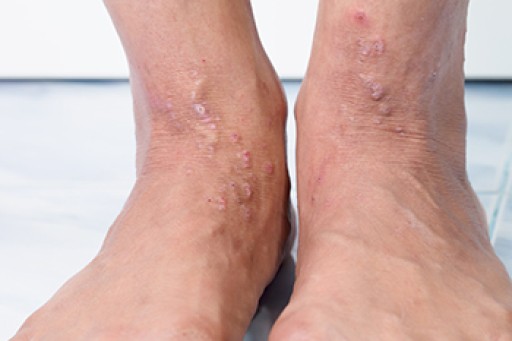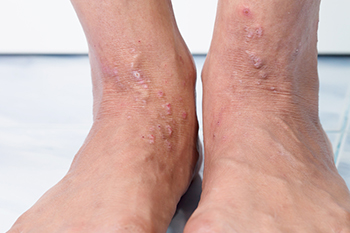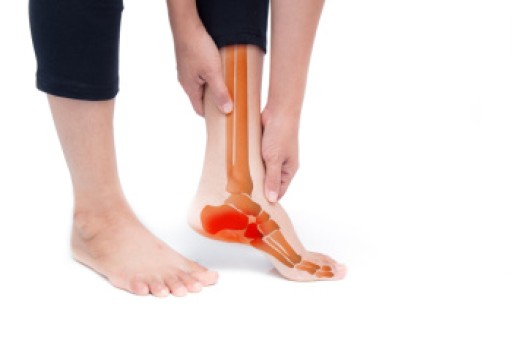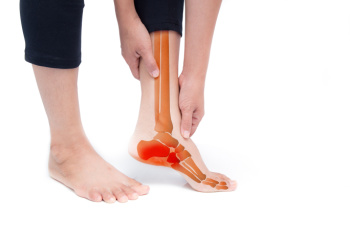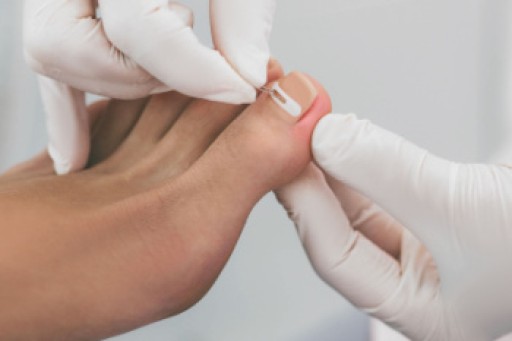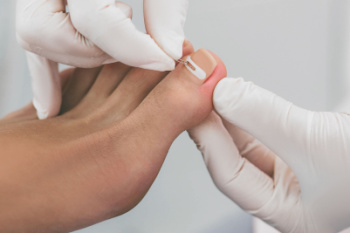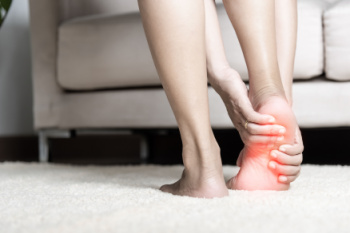
Heel pain can manifest in several forms, each indicating distinct underlying causes and contributing factors. Side heel pain, also known as lateral heel pain, typically occurs on the outer edge of the heel and may stem from conditions like Achilles tendonitis or Haglund's deformity, where a bony prominence irritates the surrounding tissue. Inside heel pain often arises from conditions like plantar fasciitis or heel spurs, which involve inflammation and irritation of the tissues on the underside of the foot near the heel. Additionally, individuals may experience right or left heel pain, which could result from biomechanical issues, uneven weight distribution, or asymmetrical gait patterns. Identifying the specific location and characteristics of heel pain is essential for accurate diagnosis and effective treatment. If you have any type of heel pain, it is suggested that you consult a podiatrist who can provide you with a tailored treatment plan.
Many people suffer from bouts of heel pain. For more information, contact one of our podiatrists of Foot Health Center of Merrimack Valley. Our doctors can provide the care you need to keep you pain-free and on your feet.
Causes of Heel Pain
Heel pain is often associated with plantar fasciitis. The plantar fascia is a band of tissues that extends along the bottom of the foot. A rip or tear in this ligament can cause inflammation of the tissue.
Achilles tendonitis is another cause of heel pain. Inflammation of the Achilles tendon will cause pain from fractures and muscle tearing. Lack of flexibility is also another symptom.
Heel spurs are another cause of pain. When the tissues of the plantar fascia undergo a great deal of stress, it can lead to ligament separation from the heel bone, causing heel spurs.
Why Might Heel Pain Occur?
- Wearing ill-fitting shoes
- Wearing non-supportive shoes
- Weight change
- Excessive running
Treatments
Heel pain should be treated as soon as possible for immediate results. Keeping your feet in a stress-free environment will help. If you suffer from Achilles tendonitis or plantar fasciitis, applying ice will reduce the swelling. Stretching before an exercise like running will help the muscles. Using all these tips will help make heel pain a condition of the past.
If you have any questions please contact one of our offices located in North Andover, and Tewksbury, MA . We offer the newest diagnostic and treatment technologies for all your foot and ankle needs.

